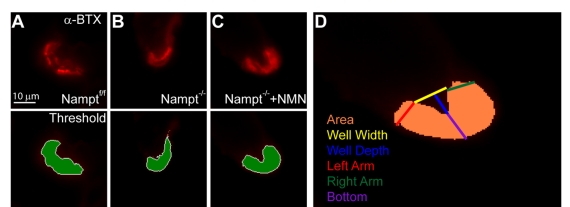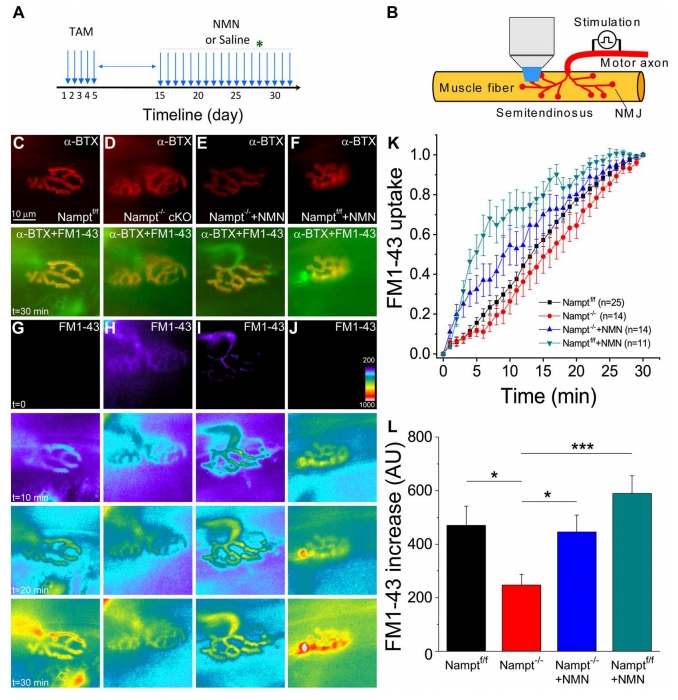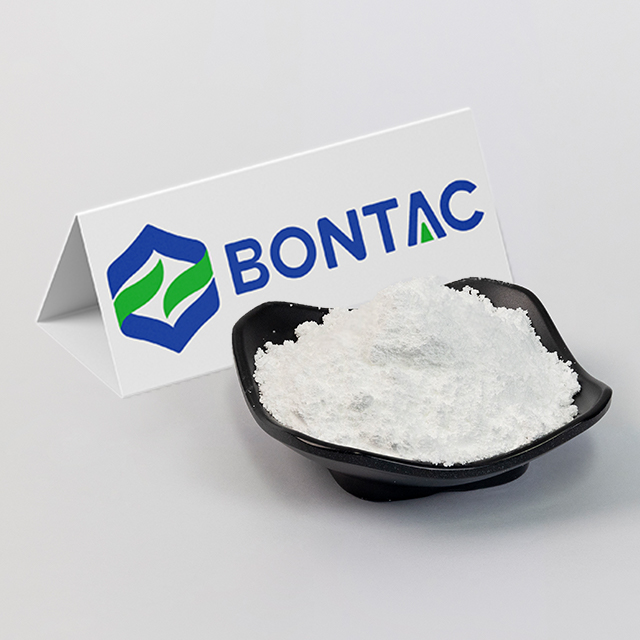
01 Jan
Further Discussion on the Potential Mechanism of NMN Affecting Neuromuscular Junction

1. Introduction
In mammalian cells, the majority of NAD+ is produced from metabolites entering the NAD+ salvage pathway. Nicotinamide phosphoribosyltransferase (NAMPT) is the rate-limiting enzyme of the salvage pathway, which can convert nicotinamide (NAM) into nicotinamide mononucleotide (NMN). Neuronal NAMPT is important for pre-/post-synaptic NMJ function, and maintaining skeletal muscular function and structure.
2. The involvement of NAMPT in NAD+ salvage pathway
NAMPT activity has a pivotal role in energy metabolism and homeostasis. NAMPT can condense nicotinamide (NAM) and 5-phosphoribosyl pyrophosphate (PRPP) into nicotinamide mononucleotide (NMN). NMN is subsequently synthesized into NAD+ by nicotinamide mononucleotide adenylyltransferase (NMNAT), the enzyme immediately after NAMPT.
3. The effect of NMN on partially reversing the NMJ impairments in NAMPT-/- cKO mice
In the presence of NMN treatment, vesicle endocytosis/exocytosis is improved and endplate morphology is restored in Thy1-NAMPT-/-conditional knockout (cKO) mice. Also, loss of NAMPT in projection neurons impairs the endocytosis and exocytosis of synaptic vesicles at NMJs, but NMN can largely prevent these impairments. Furthermore, NMN treatment restores sarcomere alignment rather than mitochondrial morphology.


4. The underlying mechanism of NMN affecting NMJs
The ameliorating effects of NMN on NMJs may be realized via NAMPT-mediated NAD+ salvage pathway, and this speculation is confirmed by the ameliorated synaptic vesicle cycling, endplate morphology, and muscle fiber structure and function post 2-week administration of the NAD+ precursor, NMN.


5. Conclusion
Mechanically, the effects of NMN improving NMJ function, endplate morphology and muscular structure and contractility possibly involves NAMPT-mediated NAD+ salvage pathway. NMN holds a great promise as a therapeutic agent for skeletal muscle diseases.
Reference
Lundt S, Zhang N, Wang X, Polo-Parada L, Ding S. The effect of NAMPT deletion in projection neurons on the function and structure of neuromuscular junction (NMJ) in mice. Sci Rep. 2020;10(1):99. Published 2020 Jan 9. doi:10.1038/s41598-019-57085-4
BONTAC NMN
BONTAC is the pioneer of NMN industry and the first manufacturer to launch NMN mass production, with the first whole-enzyme catalysis technology around the world. At present, BONTAC has become the leading enterprise in niche areas of coenzyme products. Notably, BONTAC is the NMN raw material supplier of famous David Sinclair team at the Harvard University, who uses the raw materials of BONTAC in a paper titled “Impairment of an Endothelial NAD+-H2S Signaling Network Is a Reversible Cause of Vascular Aging”. Our services and products have been highly recognized by global partners.

Furthermore, BONTAC has the first national and the only provincial independent coenzyme engineering technology research center in Guangdong, China. The coenzyme products of BOMNTAC are widely used in fields such as nutritional health, biomedicine, medical beauty, daily chemicals and green agriculture.

Furthermore, BONTAC has the first national and the only provincial independent coenzyme engineering technology research center in Guangdong, China. The coenzyme products of BOMNTAC are widely used in fields such as nutritional health, biomedicine, medical beauty, daily chemicals and green agriculture.
Disclaimer
This article is based on the reference in the academic journal. The relevant information is provide for sharing and learning purposes only, and does not represent any medical advice purposes. If there is any infringement, please contact the author for deletion. The views expressed in this article do not represent the position of BONTAC.
Under no circumstances will BONTAC be held responsible or liable in any way for any claims, damages, losses, expenses, costs or liabilities whatsoever (including, without limitation, any direct or indirect damages for loss of profits, business interruption or loss of information) resulting or arising directly or indirectly from your reliance on the information and material on this website.
Under no circumstances will BONTAC be held responsible or liable in any way for any claims, damages, losses, expenses, costs or liabilities whatsoever (including, without limitation, any direct or indirect damages for loss of profits, business interruption or loss of information) resulting or arising directly or indirectly from your reliance on the information and material on this website.
